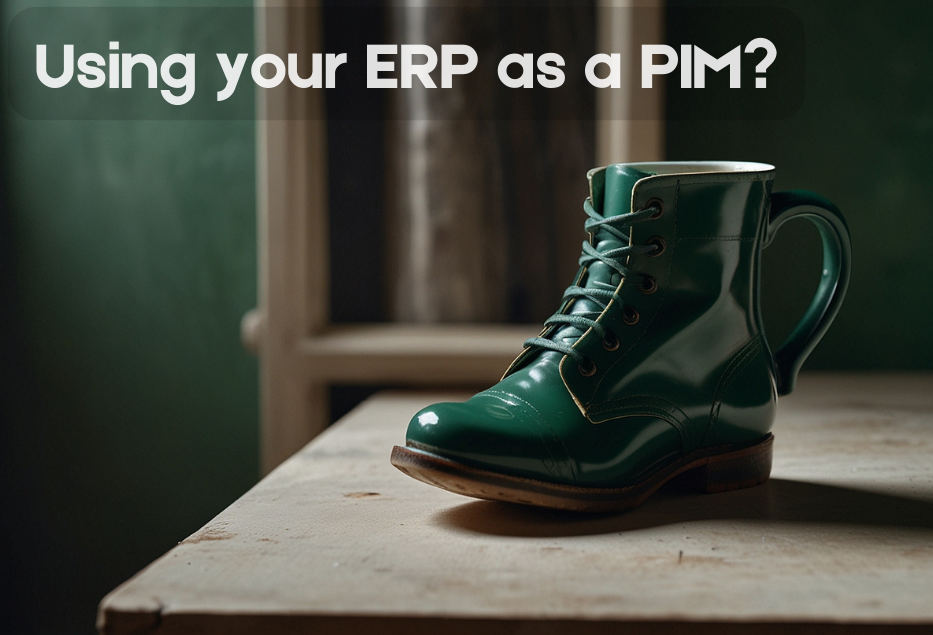PIM is for product data.
ERP is for financial data.
They are not the same.
We have been speaking with manufacturers about creating a reliable and consistent view of their master product data. In other words, a business-wide, collaborative “central source of truth” (PIM). We received some interesting and imaginative responses. This is probably the most frequent:
“We don’t need a PIM solution; we just use our ERP system for that.”
Without further ado, we have some tea spills for you…
Tea Spill 1) Visual Asset Quality
ERP’s in some cases can only offer little scope for managing rich media such as product imagery, videos, or other files.
Storing product images or visual content in some ERP’s can ruin the quality. If you are channeling these assets to your websites or various other places, well, it’s not a great look.


Tea Spill 2) Sorry, but where are the SKU’s?
Some ERP’s can only handle basic SKU information. This is fab if you only have five very simple products but…we’re in the construction industry so we are assuming your customers will need a bit more data from you.
Imagine having unlimited SKU’s for all your products. Would be nice right?
Tea Spill 3) GDPR Concerns
We all know GDPR has become a dirty word that most organisations now roll their eyes at, BUT, we still all have to play ball.
Having Colin from the sales department reaching into the same pot of information as Zara from the finance department is risky business. It would be quite nice it they were separate and you could personalise permissions. Right?


Tea Spill 4) Where is everything else?
Look, there are dozens of things that a PIM can do that an ERP simply can’t and vice versa. It’s like comparing a lion to a fish. They just aren’t the same thing.
What you need to be doing is enriching your ERP with PIM.
e-Pim combines data from your ERP with enriched product SKU’s, descriptions and visual assets to ensure customers and end users receive the most compelling experience.







